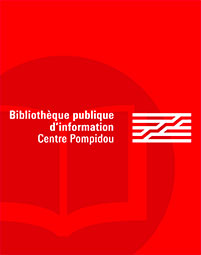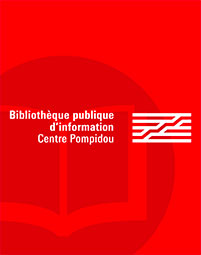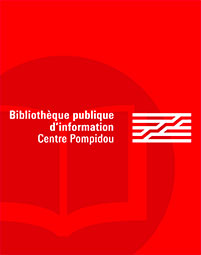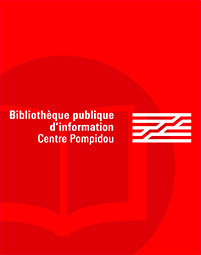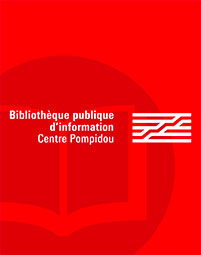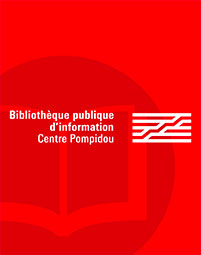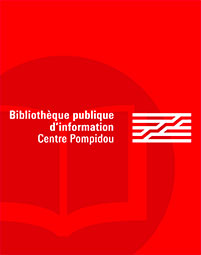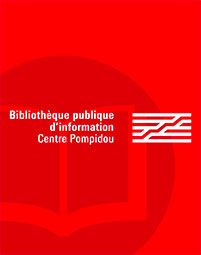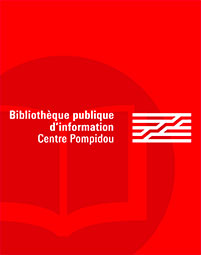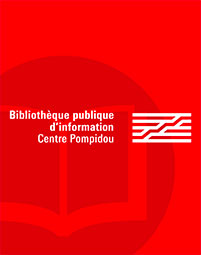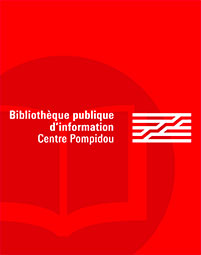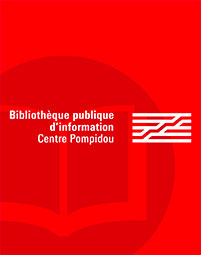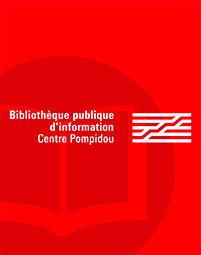par Rubin, Barnett R.
New York
2020 -
-
Disponible - 328(55) RUB
Niveau 2 - Politique
Résumé : Afghanistan, a landlocked country in Central Asia, has improbably been at the center of international geopolitics for four decades. After the Soviet Union invaded in 1980, Afghanistan descended into an unending conflict that featured at various points most of the world's major powers. In the mid-1990s, the country entered a new phase, when the Taliban took power and imposed order based on a harsh, repressive version of Islamic law. Infamously, the sheltered Osama bin Laden, whose attack on 9/11 Towers ushered in the Global War on Terror and drew tens of thousands of American troops to the country, where they remain today. In Afghanistan: What Everyone Needs to Know®, leading scholar Barnett R. Rubin provides an overview of this complicated nation. After providing a concise history of Afghanistan, he explores the various peoples and cultures of the country and its relations with neighbors like Pakistan and Iran. He also provides an authoritative overview of the conflicts that have plagued the country since the Soviet invasion. Both wide-ranging and pithy, this book explains why Afghanistan matters and what its possible future might look like. - Note de l'éditeur

 Les bibliothèques de la ville de Paris
Les bibliothèques de la ville de Paris
 Les bibliothèques universitaires
Les bibliothèques universitaires
 La BnF
La BnF
 L'encyclopédie Wikipédia
L'encyclopédie Wikipédia
 L'Encyclopædia Universalis
L'Encyclopædia Universalis
 La bibliothèque du film
La bibliothèque du film
 La médiathèque de la Philharmonie de Paris
La médiathèque de la Philharmonie de Paris



